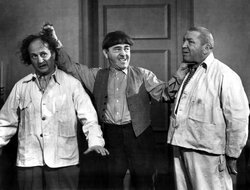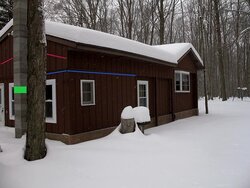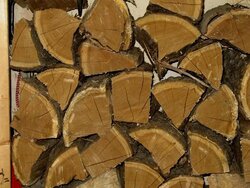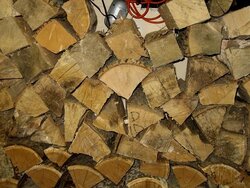DALE SR 3 said:
1We have no problem burning same wood from the same stack in other stoves, the stove did not even burn the pressed wood brought in by installer!
2. MY PARENTS AND I TAKE AFRONT TO THIS STATEMENT. Our 120 acres of Northern MI hardwood-Ash,Cherry, Maple, Ironwood, Beech and Hickory should not be considered yard-waste by any means. We stack firewood length logs to season for a minimum of 1 year, these stacks are covered with a piece of tin to keep rain off of top. Sides are left open to air. After a year the logs are split and then stored in a enclosed but airy woodshed until sold used by us at home or used at cabin.
3 We start the stove slow to warm up everything slow before we even think of closing the damper. We usually wait until after a reload when a bed of embers help the logs burn with a more closed damper at least we did when we had the old stove. The new stove did not work from the start.
1. Indeed, there is a difference in burning an EPA stoves.
2 Sorry, no offense meant, I have picked up and sawed branches from around the yard, and, they don't burn great when unseasoned, "kindling" to me is not 1-2" branches.
3. A couple of your pictures show a pretty good blaze, going, so I am not sure what you mean by "the new stove did not work from the start" -- but in your original post, there is a statement "The next day
we went to check on excessive level of embers and found huge hard black pieces of warm but intact pressed wood under embers. We even found kindling still intact under the embers.see cinders picture."
So I am curious if the installer and yourself fired the thing up, you leave the cabin, and you returned the next day after burning the stove with the air wide open and those hunks of "kindling" were still in the box? If yes, the wood you are selling is not ready for burning , the moisture reader is a piece of crap, and possibly a marginal draft. And I can't believe that you would leave a newly installed stove fired up blazing with the air wide open. Something is not right.





